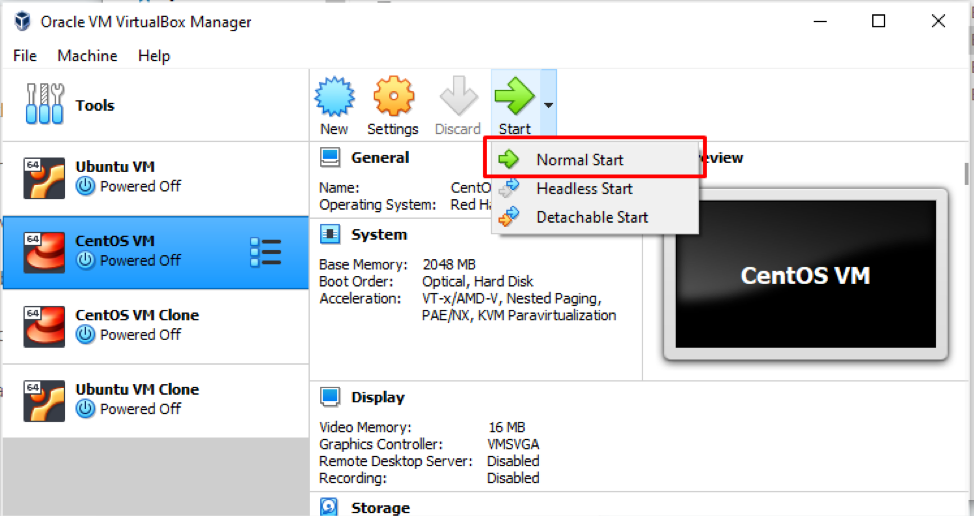
Copy only new files than those in the destination directory. cp -a /home/tuts/Desktop/FOSSLINUX/* /home/tuts/Desktop/FOSSTUTS/ Archiving files using cp command 9. We shall use the command in the previous example only that we will add the -a parameter.

Copy and paste to file on linux archive#
Using the cp command, you can archive files and directories while copying them to the destination storage. Archive files and directories using the CP command. When we run the ls command on the FOSSTUTS directory, we see that it has contents similar to those in the FOSSLINUX directory. To copy a directory to another destination, we need to use the r or R parameter, which stands for ‘recursive.’ The syntax is as follows: cp Ĭp -R /home/tuts/Desktop/FOSSLINUX/* /home/tuts/Desktop/FOSSTUTS/ Copying a directory recursivelyįrom the above image, we have copied all the contents of the FOSSLINUX directory to the FOSSTUTS directory. Use CP to copy a Directory and its contents recursively. The syntax is as follows: cp -iv Ĭp -vi * /home/tuts/Desktop/FOSSTUTS/ Using both verbose and interactive method 7. We can also use both verbose and interactive parameters in one command, as shown in the image below. See the syntax below: cp -v Ĭp -v testFile5 UBUNTU/ Copying files with the Verbose optionįrom the above image, we added the verbose parameter ‘-v,’ which gives us an output/report of the action we performed. Like most Linux commands, you can use the CP command with the verbose ‘-v’ option. Use CP to copy files with the verbose(-v) option. However, since the FOSSTUTS directory contains files similar to those in the source – FOSSLINUX directory, we get a prompt whether to overwrite the file. See the syntax below: cp -i Ĭp -i * /home/tuts/Desktop/FOSSTUTS/ Copy Files Interactively with -i parameterįrom the above image, we are copying files from the FOSSLINUX directory to the FOSSTUTS directory. If the destination directory has a similar file to that in the source directory, it gives you a warning asking you whether to overwrite the file. It is an efficient method to copy multiple files to a directory. Use the cp command to copy files interactively. If you want to copy all the contents present to a directory, there is even a more straightforward method – using the asterisk sign ‘*.’ See the syntax below: cp Ĭp * /home/tuts/Desktop/FOSSTUTS/ Copy ALL files into a directoryįrom the above image, we have copied all the files in the FOSSLINUX directory on the Desktop to the FOSSTUTS directory. The method is efficient only for a relatively small number of files since it might be time-consuming. The previous command showed us how we could copy several files into a directory. Use the CP command to copy all files into a directory. Below is the syntax we shall use: cp Ĭp testFile testFile2 testFile3 UBUNTU/ Copying multiple files into a directoryįrom the image above, we have copied the files – testFile testFile2 and testFile3 to the UBUNTU directory with a single command. Suppose you have several files that you want to put in one directory, you don’t need to run a single command for each of them. By running the ls command on the UBUNTU directory, we see that we have successfully copied the file. We want to copy it to the UBUNTU directory inside the FOSSLINUX directory using the command in the image. Suppose you want to copy a file and paste it to another directory, use the syntax below: cp Ĭp testFile UBUNTU copy a file into a directoryįrom the above image, we have a file called testFile in the ‘FOSSLINUX’ directory on the Desktop. The syntax is as follows: cp Ĭp testFile fileone copy a file with CP to a directory in a different name.įrom the above image, when we run the ls command, we see that we have a created a duplicate of the testFile with the name fileOne. It is a method you can use to make a backup of a file in a different name. Copy a file in the same directory but with a different name. Below are 13 CP commands examples for Linux users: 1.


Lastly, option four copies a file to a directory but also enables users to add additional arguments like -v, which means verbose. Option three, copies multiple files to a directory/folder. Option one and two are copying a file to a directory or another destination, such as an external media storage or partition. This is illustrated with the syntax below: The command generally takes two main arguments – the file to copy and the destination to paste the file. In this particular article, we shall look at the command-line method using the cp command.ĬP stands for Copy in Linux systems. With Unix systems and all Linux distributions, you have two ways in which you can copy a file – using the graphical method and the command-line method.


 0 kommentar(er)
0 kommentar(er)
